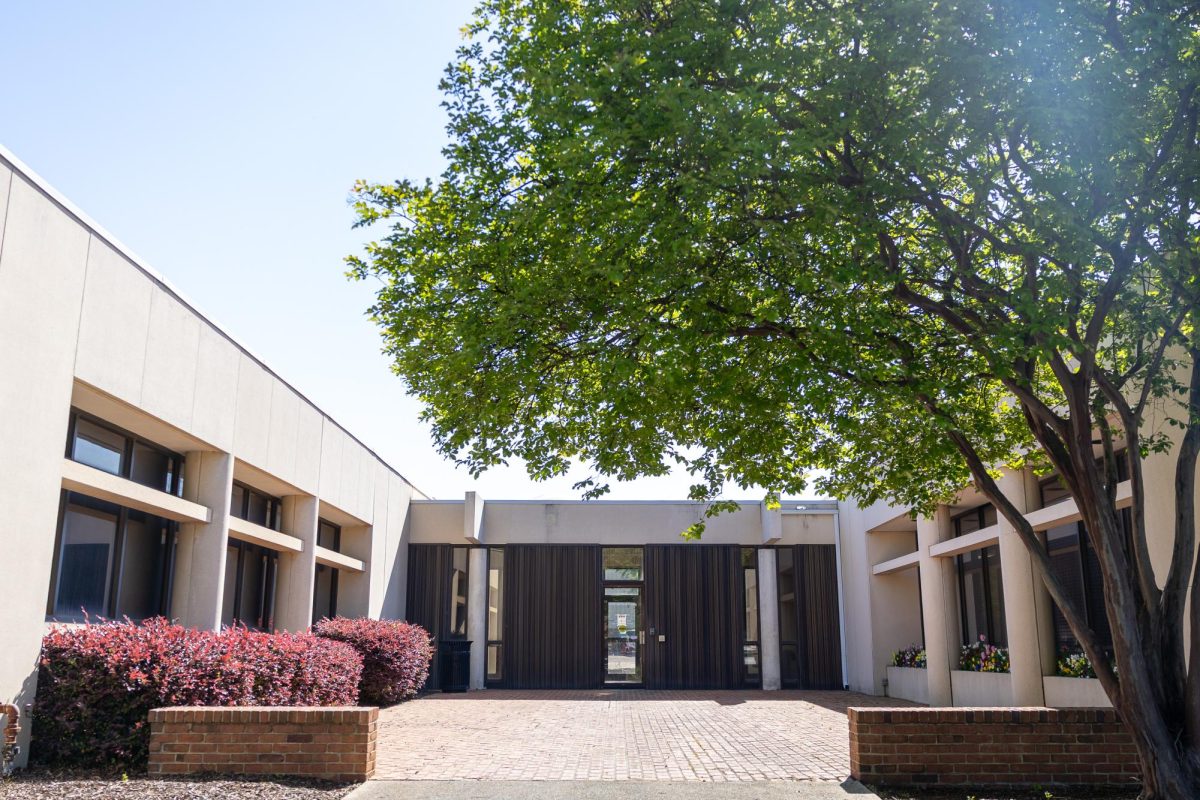The astronomy group within the department of physics and astronomy will be hosting a viewing of Jupiter at 7 p.m. The viewing, which is open to the public, will take place on the dome of Gallalee Hall through a 16-inch reflector microscope.
Astronomy and astrophysics professor Phil Hardee, who is hosting the event, said it is undetermined whether Jupiter, which sets around 7 or 8 p.m., will be viewable.
“If the weather is clear [tonight], which now looks like it might be, we should have excellent viewing of the moon approaching first quarter,” Hardee said. “This leads to excellent shadows along the terminator—line between lit and unlit parts—from raised features which makes the lunar topography much more visible”
Along with Jupiter, the moon and the Orion Nebula will be visible for viewers to see.
“The Orion Nebula is always good with clear skies with the trapezium stars near the center of an asymmetric faint surrounding nebula that may appear slightly greenish to the eye,” Hardee said. “The Orion Nebula is a region of active star formation.
“We may also view the double cluster of stars in the constellation of Perseus,” he said. “It is possible to see by eye that the stars are of different colors, red to yellow to blue-white, although the color differences are more apparent in photographic images which see deep red much better than the eye. The different colors indicate the large difference in surface temperature of the stars, with red being coolest.”
This month’s viewing is the day before this year’s UA High School Physics Contest.
“The scheduling of this [month’s viewing] ties in with the high school physics contest that we do every year,” Bill Keel, an astronomy professor, said. “Some of the teams who are coming in from places like Mobile and Huntsville may make it a road trip of coming the night before. To enrich what they can do, we moved it to have it the night before the physics contest.”
There are three more sky viewings scheduled, which are listed on the astronomy departments website, astronomy.ua.edu. On March 4, nebulae and star clusters will be viewed through one of the department’s portable telescopes in Moundville.
“In March we’ll be doing nebulaen star clusters, things that are visually dim enough that they’re hard for people to see from in town,” Keel said. “So we get out there without the city lights where people can see the Milky Way.”
The moon and Saturn will be viewed on April 12 and again on May 6. Both viewings will be available at Gallalee.
For more information about the University’s astronomy program and other scheduled events, visit their website or call 348-5050.








